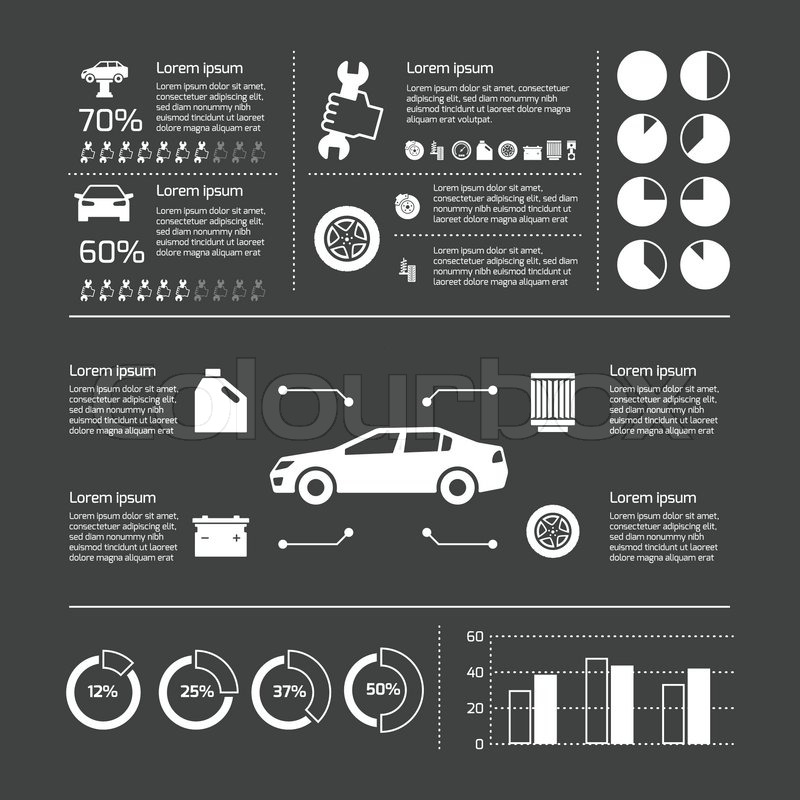Recognizing Your Cars And Truck'S Warning Lighting: What Do They Actually Mean?
Recognizing Your Cars And Truck'S Warning Lighting: What Do They Actually Mean?
Blog Article
Posted By-Higgins Stark
When you lag the wheel, those beautiful caution lights on your dashboard can be a bit perplexing. Do you know what they're trying to tell you regarding your vehicle's health and wellness? Recognizing the value of these lights is essential for your safety and security and the long life of your vehicle. So, mouse click the following internet site following time one of those lights turns up, would not you wish to decode its message properly and take the essential steps to resolve it?
Common Warning Lighting and Interpretations
Identify typical warning lights in your cars and truck and comprehend their meanings to guarantee secure driving.
The most typical caution lights consist of the check engine light, which signifies concerns with the engine or exhausts system. If https://www.wivb.com/automotive/spend-less-at-the-pump-with-these-fuel-saving-tips/ comes on, it's critical to have your vehicle examined without delay.
The oil stress warning light shows low oil pressure, calling for immediate focus to avoid engine damage.
A blinking battery light may recommend a malfunctioning charging system, possibly leaving you stranded if not attended to.
howick car wash tracking system (TPMS) light notifies you to low tire pressure, impacting car stability and gas effectiveness. Overlooking this could cause dangerous driving conditions.
The abdominal muscle light shows an issue with the anti-lock braking system, jeopardizing your capability to stop promptly in emergencies.
Lastly, the coolant temperature level warning light warns of engine getting too hot, which can cause serious damages otherwise resolved swiftly.
Understanding these typical caution lights will help you deal with issues quickly and maintain secure driving problems.
Value of Prompt Interest
Understanding the common warning lights in your vehicle is just the primary step; the importance of immediately addressing these cautions can not be highlighted enough to ensure your safety and security when traveling.
When a caution light illuminates on your control panel, it's your auto's means of communicating a possible issue that requires interest. Overlooking these cautions can result in much more serious problems in the future, compromising your safety and security and possibly costing you much more in repairs.
Motivate interest to alerting lights can stop failures and accidents. For instance, a blinking check engine light can suggest a misfire that, if left ignored, can create damage to the catalytic converter. Resolving this without delay can conserve you from a pricey fixing.
In a similar way, a brake system alerting light might indicate reduced brake liquid or used brake pads, important elements for your safety when driving.
Do It Yourself Troubleshooting Tips
If you see a warning light on your control panel, there are a couple of DIY repairing suggestions you can try before looking for expert help.
The primary step is to consult your auto's handbook to understand what the details warning light indicates. Occasionally the problem can be as easy as a loose gas cap setting off the check engine light. Tightening the gas cap may settle the problem.
An additional usual concern is a low battery, which can trigger different warning lights. Inspecting the battery links for corrosion and guaranteeing they're protected could deal with the issue.
If a caution light persists, you can try resetting it by detaching the vehicle's battery for a couple of minutes and then reconnecting it. Additionally, inspecting your automobile's fluid levels, such as oil, coolant, and brake liquid, can aid fix advising lights associated with these systems.
Final thought
To conclude, understanding your cars and truck's caution lights is vital for keeping your car running efficiently and safely. By quickly resolving these notifies and understanding what they indicate, you can avoid pricey repair work and prospective breakdowns.
Bear in mind to consult your cars and truck's handbook for specific information on each cautioning light and take action accordingly to make sure a trouble-free driving experience.
Remain notified, stay secure when driving!
